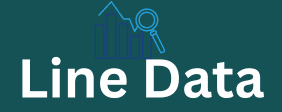For many years, the concept of corporate information security revolved around working in the office, within a controlled infrastructure perimeter. The specifics of the work allowed some employees to switch between corporate, public and home networks, but their participation was relatively small. There was less remote work and it was easier for IT and cybersecurity departments to control it. Nowadays, remote connections have become ubiquitous and it has become much more important to organize remote access properly.
New realities require reinventing
The approach to protecting corporate information. It is not possible to apply a full set of corporate security features to employees’ how to create an inclusive culture in your business networks, but there are several solutions that protect employees during remote work. Devices used for remote access can be conventionally divided into 2 groups: personal and corporate.
Each group has its own specificities. Personal devices by users; they often contain personal or private information, and the scope of possible security measures. Securing such devices requires a special approach, but it is still a realistic goal.
Two-factor authentication – 2FA or Multiple Factor Authentication – MFA
The first and most important step is (if it has not already been done) to implement a second factor of user authentication ( 2FA | MFA ). The sg number convenient option! is a mobile application that generates a one-time password (OTP) for the user in addition to! the main password. This will significantly complicate any hacking attempts in a corporate environment that would otherwise be vulnerable to brute force password manipulation. A good option is Azure AD Premium , which allows you to quickly solve the problem.
